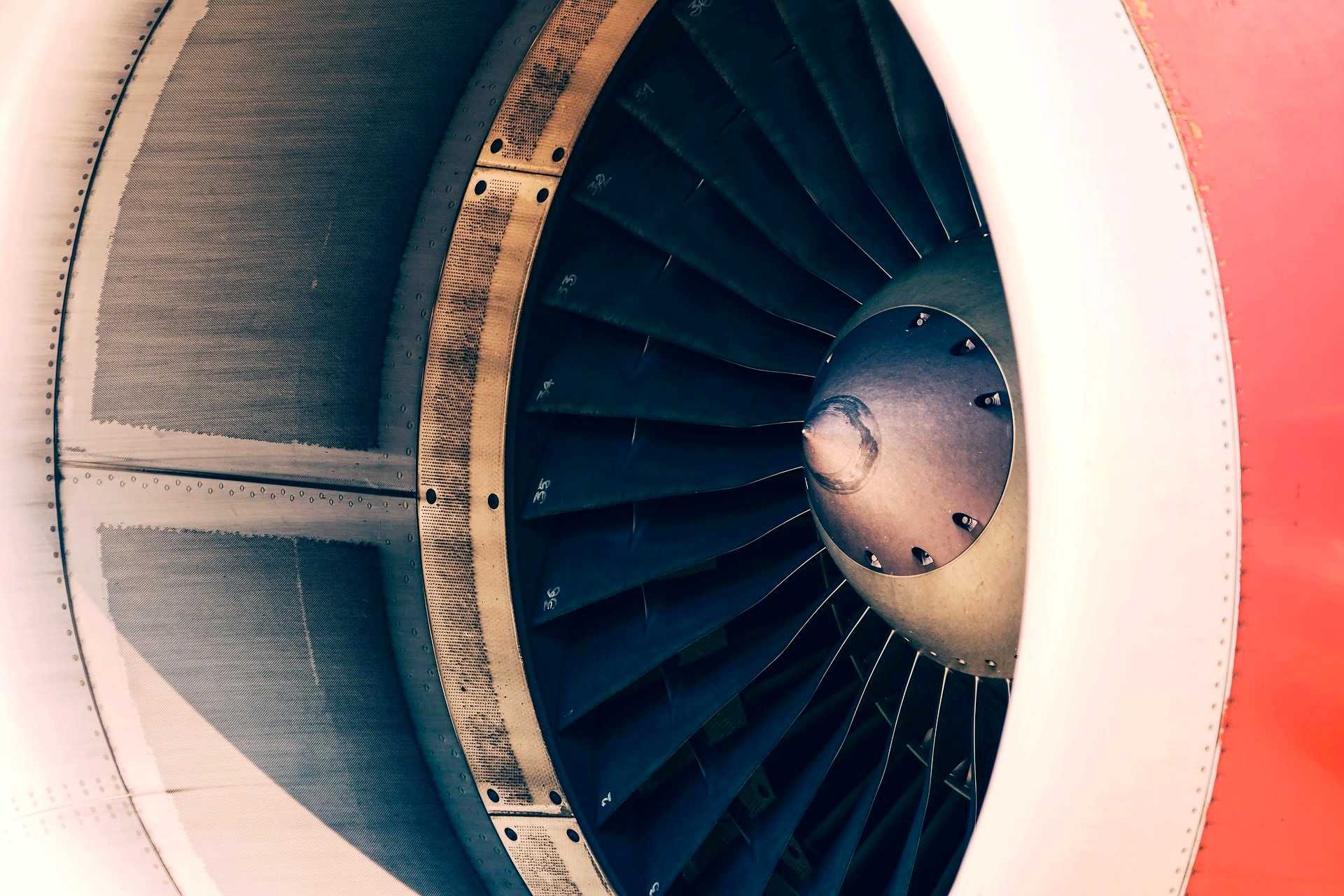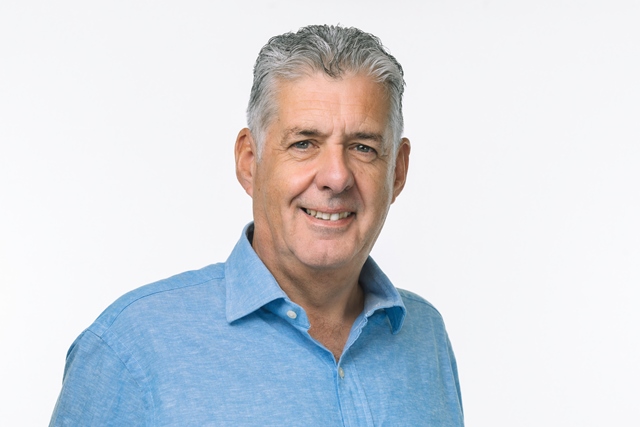Composite aerostructures in a changing world

Image copyright Shutterstock
The goal of achieving zero net CO2 emissions by 2050 as laid out in the Climate Change Act of 2019, is one that severely challenges aerospace engineers.
As David McKay said in his book Sustainability Without the Hot Air , 2009, “planes have been fantastically optimised - there is no prospect of significant improvements in their efficiency of 0.4kWhr/tonne-km.” If supporting evidence for Sir David’s view were needed, it is surely that the two best-selling airliners in 2019, the Boeing 737 and the Airbus A320 family, were designed respectively 55 and 35 years ago.
Adding fuel to the proverbial flame, demand for air travel is also expected to rise. So how can aerospace engineers improve aircraft efficiency – which is already believed to be optimised – to support the net zero goal?
The Key Challenges
McKay’s view can be evidenced when considering the sources of aircraft inefficiencies: wasted kinetic energy of the air in the wake of an aircraft. Propulsion requires air to be pushed backwards, lift requires it to be pushed down and speed causes it to be pulled forward; energy loss is unavoidable.
Structural engineering has a major role to play in the war against wasted energy. The main challenges include:
• Lowering drag
• Reduced component weight
• More efficient propulsion
Weight
Weight has always been of paramount concern to aero-structures engineers who select high strength/weight ratio materials to meet payload/range and “hot and high”/short runway performance requirements. Any reduction in airframe weight provides relief to energy consumption.
Composite materials utilising carbon fibres embedded in an epoxy or thermoplastic matrix (carbon fibre reinforced plastic, CFRP), trump the more popular aluminium alloys for both strength/weight and density, whilst their immunity to fatigue gives them a significant advantage. However, their adoption, in the form of laminates of multiple layers, has taken 30 years to progress from introduction on local structure in the A310 in 1980 to use throughout the whole airframe of today’s Boeing 787 and Airbus A350.
This cautious adoption of new materials has been a product of issues such as manufacturing cost and resistance to lightning strike and impact damage, which have taken time to resolve.
There remains much potential for CFRP to be released.
Drag Reduction
Lowering aircraft speed strongly reduces parasitic drag, but there is no societal or commercial incentive to do so. Designers and engineers are therefore turning their attention towards smoothing aero-surfaces and reducing leading-edge sweep to encourage laminar flow, which offers total drag reductions of up to 15%.
Bonded composite structures lend themselves to laminar flow, as even countersunk fastener heads used in metallic assembly ’trip’ laminar boundary layers to become turbulent. Composite fabrication eliminates joints; superbly illustrated by the Boeing 787 fuselage with its tape-wound barrel that removes all but a handful of circumferential joints.
Leading-edge sweep is a further destructive influence on laminar flow, caused by streamline cross-flow, which encourages turbulence. However, forward swept wings, as exemplified in the 1980s by Grumman’s X29 demonstrator, allow a leading-edge sweep that is reduced compared to that of the wing overall. The X29 wing used aero-elastic tailoring to address the issue of a divergent bending moment, which arises when up-bending increases the incidence of the aerofoil to the flow, magnifying the up-bend load.
Grumman solved this using composite laminates in the wing skins that strained in shear when subject to direct stress, causing the wing tip to twist nose-down when an up-bend load was applied. This novel application of composite materials is now being explored by airliner manufacturers in their design of large-span, forward-swept wings.
Lift Efficiency
Although lift-induced drag is the lesser of the two cruise-drag components, it is in this arena that the airframe structural engineer can contribute most: notably by use of low-weight materials and processes that remove design features that constrained designers of previous generations. Composite materials have given the engineer a low-density, high-strength medium with which to work, allowing greater design freedom through, for example, aero-elastic tailoring to moderate air loads.
Concepts for future airliner design often incorporate very large wing spans of slender planform to reduce lift-induced drag and extend natural laminar flow. These features challenge the structures engineer because the long, flexible wing is more susceptible to dynamic instability (flutter), whilst the increased bending moment towards the wing root - exacerbated by the move of engines from the wing to the fuselage - demands heavier wing structure inboard.
A well-established and proven counterpoint to these concepts is the bi-plane. This eliminates the increase in bending moment and, by means of a winglet conjoining the adjacent wing tips, suppresses dynamic instability. This winglet could house a wing warping mechanism to control the aircraft: a highly efficient feature dating from the birth of powered flight.
The Future of Aerostructures
Aircraft structural engineers have a big role to play in the challenges to come. With gains from improved propulsive efficiency diminishing and current battery technology currently an inadequate power source, engineers will need to squeeze every kg from the airframe and engines; smoothen aero-surfaces to promote laminar flow; and tailor structures to match the demands of unconventional aeroplane shapes. The question is, will the efficiencies that arise from the use of composites be enough?













